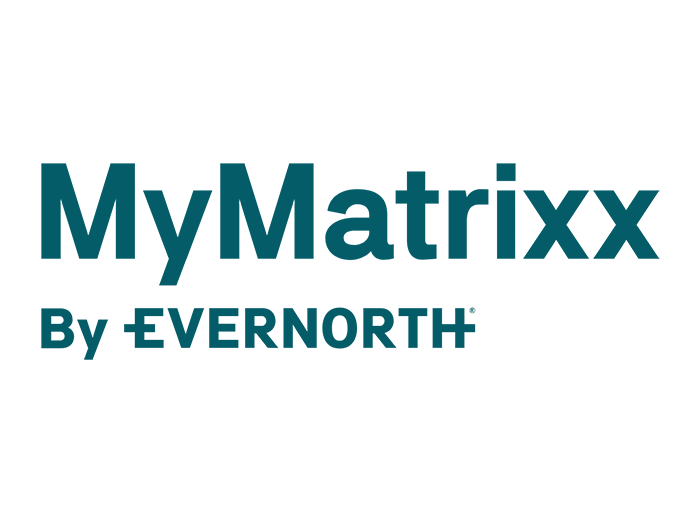Risk Report: Financial Services
Beware the Human Element in Banking Cyber Risk

In 2016, all it took was one cleverly worded email for cyber thieves to bilk the Belgian bank Crelan out of more than $75 million.
The phishing scam, in which schemers fabricated a demand-for-funds email that looked like it came from the company’s CEO, was one of thousands of cyber-attacks that buffet banks every day.
Financial institutions can invest millions in cyber defenses, but it’s now known that most cyber losses are the result of human error. In the Crelan case, tens of millions in funds were erroneously transferred in response to a phony demand email, never to be seen again.
The Human Element
Efforts are now underway to address the human element of cyber risk in finance to improve company cultures and reduce the chances an employee will be fooled into transferring money to a fraudulent recipient.
“All organizations face a challenge,” said Josh Ladeau, the global head of technology E&O and cyber, Aspen Insurance.
“For the revenue-producing areas of an organization, there is typically a tug of war between ease of doing business and the thoughtful implementation of security controls; by default these concepts often run counter to each other, not just within financial institutions, and that creates natural friction when trying to culturally integrate security consciousness,” he said.
Addressing the human element of cyber risk, how cultures and individuals can be both a company’s worst cyber security weakness or its most stalwart defender, is an area of concentration for Adeola Adele, director of integrated cyber solutions and thought leadership, Willis Towers Watson (WTW).
Adele and her colleagues are leading client meetings intended to break down the walls between human resources, risk management, compliance and information security staffers, pursuing how traditional human resources strengths like training and testing can be brought into an alliance with risk management.
“I do believe that there is an appetite there for HR to become more involved in this issue,” she said.
When the insurance brokerage Willis merged with the human capital specialist Towers Watson in early 2016, one of the stated goals of company leaders was to put Towers Watson’s human resource experience to work in the field of risk management.
Adele said WTW is now using employee engagement surveys as a tool to measure cyber security weakness.
“We did a human element study a couple of years ago and one of the things that we found was organizations that lack a focus on the customer experience are more likely to suffer a breach,” she said.
Departments Put Stock in Collaborating
The “customer experience,” Adele explained, includes such things as how well companies respond to customer complaints, how they service customers, how their products speak to their customers, how they solicit customer feedback and “in the context of cyber security, that would include the measures they have in place to protect customer data,” she said.
Adele said WTW is also using analytical tools to assess incoming talent on how well it will be able to perform in the area of cyber security, in the context of a severe shortage in the areas of engineering and data science.
“We know that many financial institutions have not done this type of analysis,” she said. “We are helping organizations address this issue, because if they don’t hire someone with the right expertise they are potentially leaving themselves really vulnerable.”
“It is really the combination of upfront training and trying to mitigate the human error component of things, with thoughtful strategies around identification and response, because there has almost become an expectation, from a cyber perspective that things are going to happen.” — Jackie Quintal, financial institutions practice leader, Aon
Jackie Quintal, a financial institutions practice leader at Aon, said she too is seeing a trend toward putting human resources, risk management and other disciplines together to create cultural change around cyber security — not only in financial services but also across industry sectors.
“It is really the combination of upfront training and trying to mitigate the human error component of things, with thoughtful strategies around identification and response, because there has almost become an expectation, from a cyber perspective that things are going to happen,” she said.
James Burns, the cyber product leader for London-based specialty insurer CFC Underwriting, said some of the most frequent losses his team sees are triggered by cyber phishing.
“Companies spend a lot of money on cyber defenses, which is important but might not count for much when an employee sees an email and clicks on it,” Burns said.
He said he does see much more collaboration between HR and risk management these days.
“Again, banks are not alone here,” Burns said. “We frequently see situations where the risk management folks are not talking to the IT department, because for so many years, they didn’t have to,” he said.
“There has been some progress made, but there is much more that needs to be done, certainly in the accounts that we have seen,” Burns said.
The Need for Cultural Shift
Burns’ colleague Neil Beaton, head of a new financial institutions practice at CFC Underwriting, said he believes cultural issues in banking make employees susceptible to phishing.
“One of the things for financial services in particular is that they are hierarchical organizations, and if somebody says to do something, there is a tendency to just follow orders,” he said.
“In those situations, if somebody sees a note from their superior they tend to act on it. What you need is for someone to turn around and say, ‘Am I really supposed to be doing this?’”
“When you start to have those execs in the room, that leads to broader and wider acceptance from the underwriting community to support the risk, whether it be from an underwriting standpoint or a risk mitigation standpoint.” — Michael O’Connell, financial institutions practice leader, Willis Towers Watson
Michael O’Connell, financial institutions practice leader, WTW, and former underwriter with AIG, said in his meetings with underwriters, evidence that internal discussions are underway at some companies to break down silos between HR, information security and risk management is well-received by insurers.
“When you start to have those execs in the room, that leads to broader and wider acceptance from the underwriting community to support the risk, whether it be from an underwriting standpoint or a risk mitigation standpoint,” he said.
Aspen’s Ladeau added some organizations are differentiating themselves from their competitors in the degree to which they are training and collaborating internally to make employees a stronger piece of cyber resiliency and security.
“Cyber security is becoming an area for competitive differentiation,” said Ladeau. “The cyber risk working groups that were traditionally defensive are now bringing in the production folks and driving corporate adherence.”
“I think there are some financial institutions that have embraced that,” he continued. “When you sit in on these underwriting calls there is a marked difference in philosophies, so it’s not a one-size-fits-all answer,” he said.
Ladeau said at least one regional bank as well as a major card brand are now referencing their embrace of cyber security in their marketing, attempting to associate it with their brand.
“Whoever can figure that out first is going to be well-positioned because the issue isn’t going away.” &












